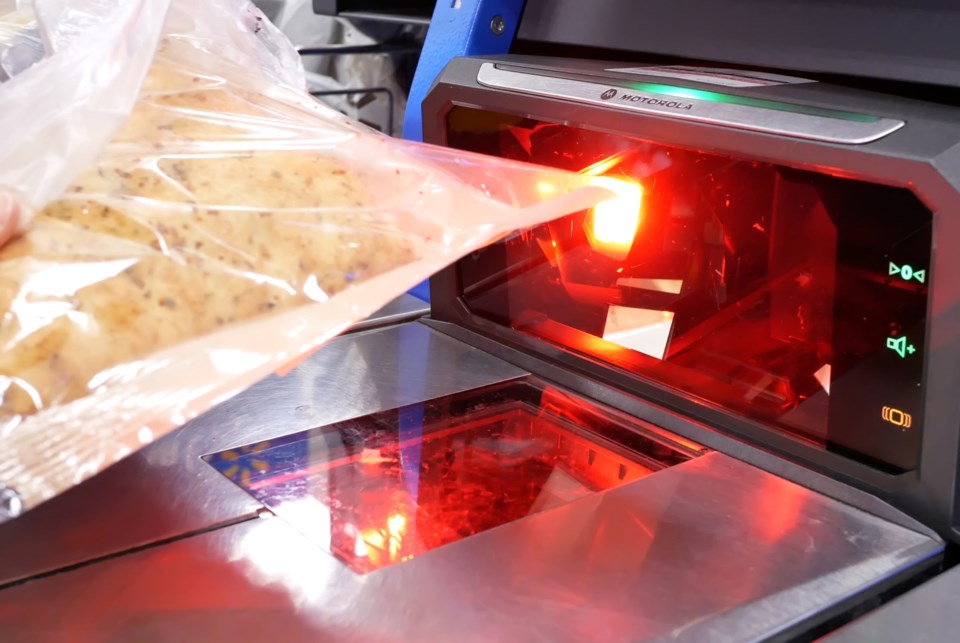During the COVID-19 pandemic, factories around the world have been forced to shut down to protect their workers, often losing significant money and putting them behind months on production time. Many of those facilities staying ahead use robots for most routine tasks. That way, production could continue, with social distancing measures in place for human workers.
Most of us have seen automation at work with the simple interface of grocery store self-checkouts. The one huge benefit is that these machines can be sanitized in a way that people simply can’t.
Automation often generates fear is that it will come at the cost of human jobs, but the reality is actually often the opposite: increased automation leads to more higher-quality jobs. The World Economic Forum (WEF) estimated the emerging professions resulting from automation could account for 6.1 million jobs globally between 2020 to 2022.
Last year, I had the opportunity to tour Cobotix, a manufacturing company where robots and humans work side by side on the production floor.
President Ron Adolf said integrating robotics has helped his company retain staff because it allows them to do the more interesting, complex work instead of the risky, repetitive tasks they were charged with previously.
“A job that could be carpal-tunnel inducing, that’s repetitive, boring, or has any element of risk – a robot could do that,” said Adolf.
“We’re not replacing people; we’re giving better tools to our team. More interesting work turns into better pay. And because of the efficiencies of automation, it allows our pay scale to go up as well,” said Adolf.
COVID-19 has caused a re-think and reset in many industries and areas of life. The Canada Emergency Response Benefit (CERB) has provided a life raft for many minimum wage workers, and though some employers are finding it challenging to fill jobs, the situation may provide an opportunity to integrate systems into the workplace that will help raise working conditions and pay of the jobs they are able to provide.
When we talk about the economy, the headline is almost always the number of jobs – but what if the focus shifted to the quality of those jobs? If companies are able to turn a profit off the efficiencies of automation, they can afford to pay for more research and innovation. The post-pandemic economy will reward those who have invested in the long game and whose workers can’t be lured away by a $2,000 monthly payment.
Some have compared COVID-19 to the bubonic plague that preceded the Renaissance; hopefully the human cost of COVID-19 doesn’t run anywhere remotely near as high – but the innovations created in its wake might be just as significant.
Ada Slivinski is the Founder & Principal of Jam PR, a boutique agency focused on helping small businesses get big exposure. You can reach her at [email protected]
SWIM ON:
- Ada Slivinski: For many, the pandemic is forcing a rethink of their individual housing situation.
- Maclean Kay on the sobering jobs and employment numbers, and what they mean for the economic recovery.
- It's safe to say Rex Murphy didn't buy "jobs" as the justification behind the federal government's interference in the SNC-Lavalin affair.



